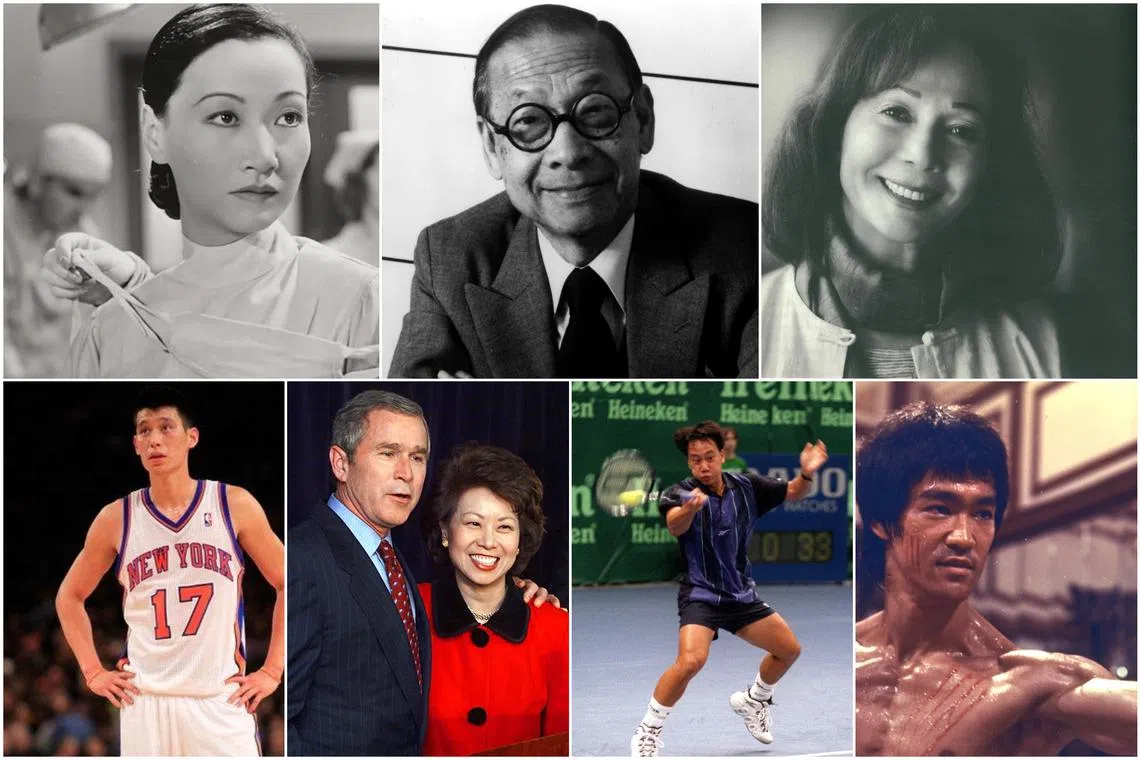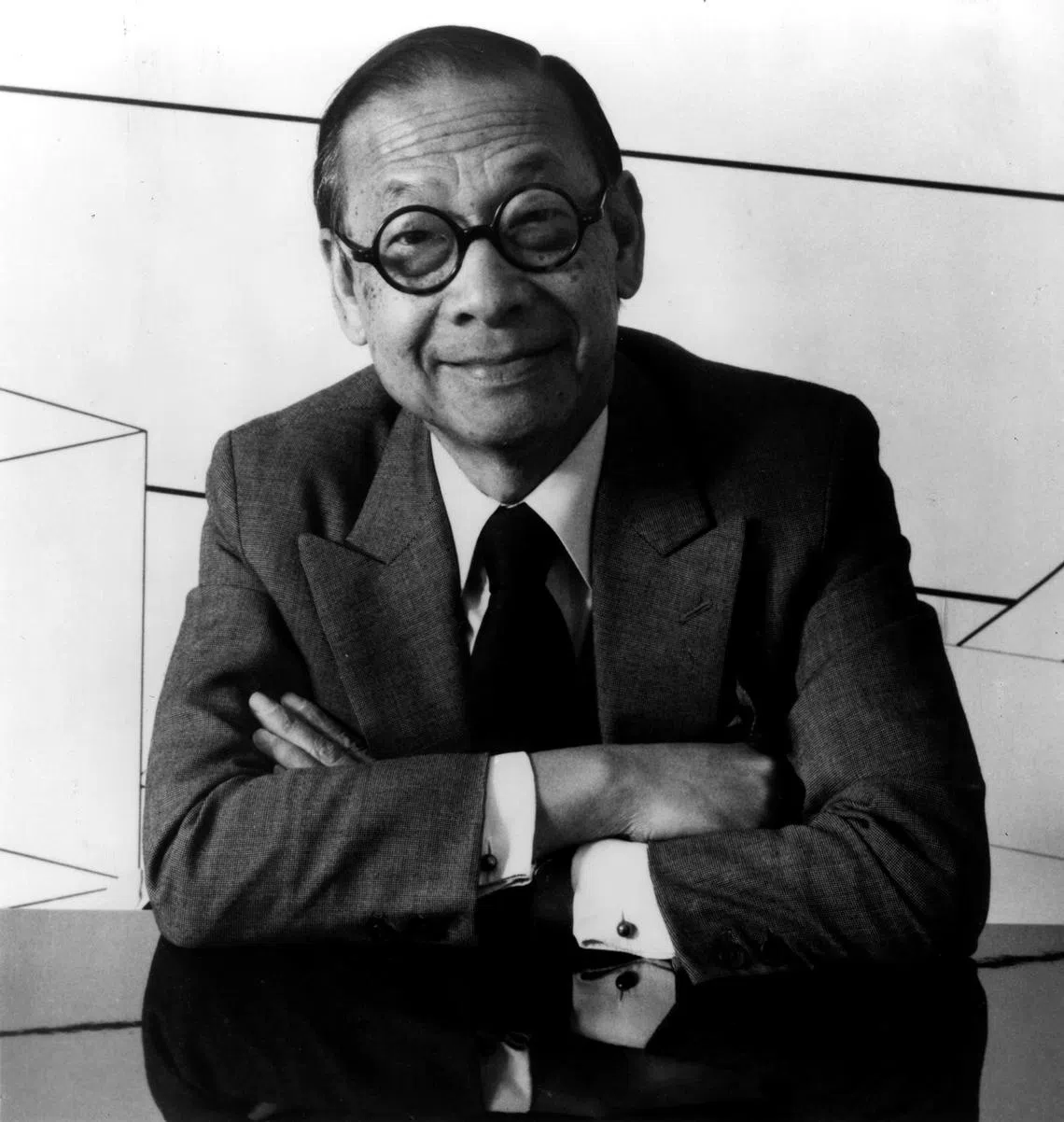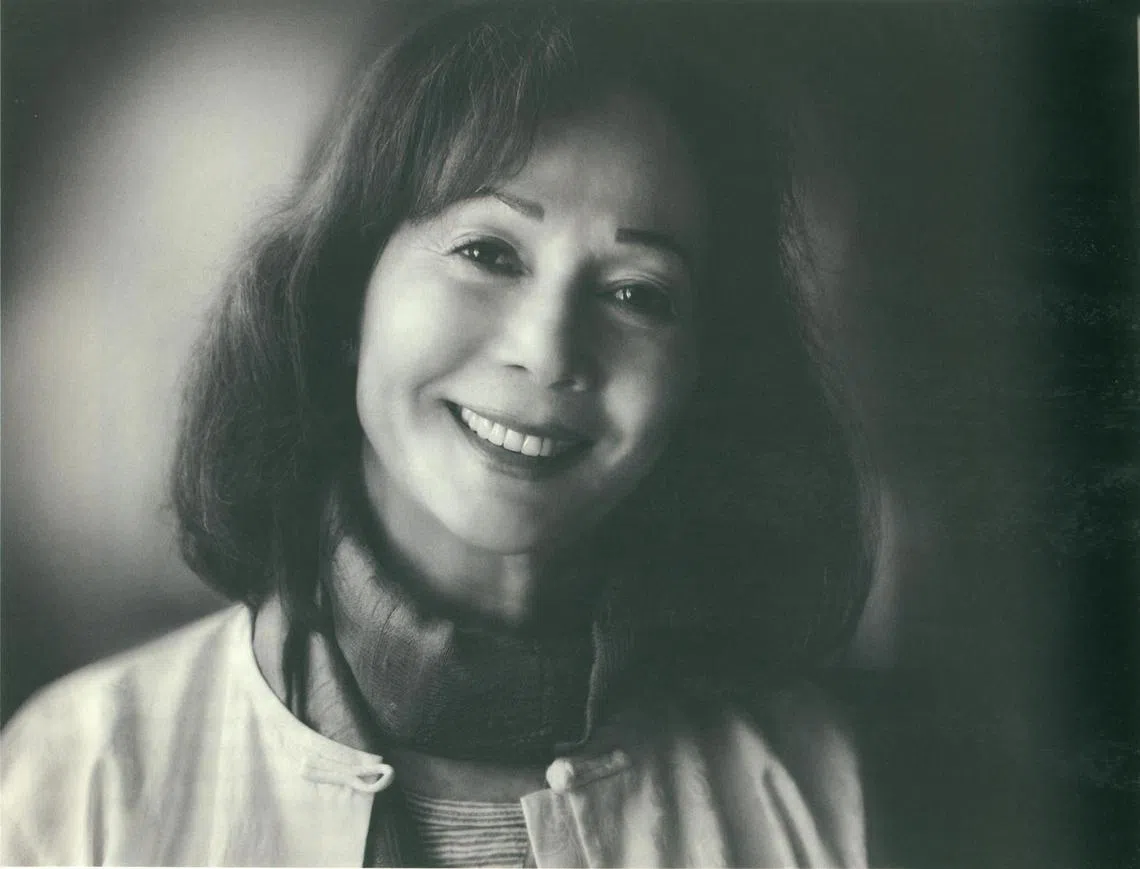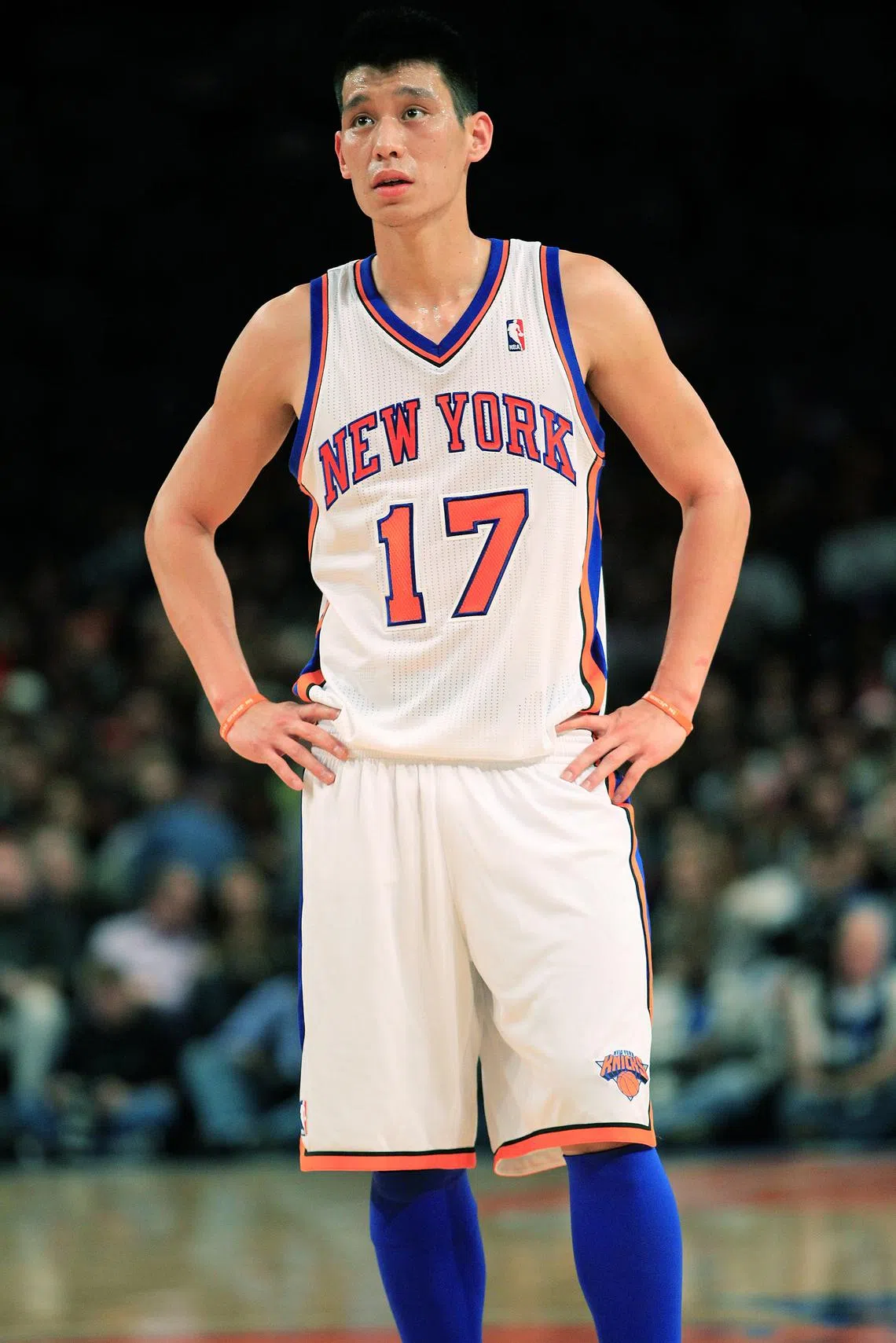Tracing the Chinese-American experience
Sign up now: Get ST's newsletters delivered to your inbox

Well-known Chinese Americans include (clockwise from top left) actress Anna May Wong; architect I.M. Pei; actress Nancy Kwan; actor Bruce Lee; tennis player Michael Chang; former US Cabinet secretary Elaine Chao, seen here with former US president George W. Bush; and basketball player Jeremy Lin.
PHOTOS: UNIVERSAL PICTURES, ARCHINECT.COM, COURTESY OF NANCY KWAN, CATHAY CINEPLEXES, ST FILE, AFP, GETTY IMAGES
Follow topic:
WASHINGTON – From gold panning to particle physics, Chinese Americans have played a key role in the history of the United States, while also facing discrimination and exclusion.
It was in 1785 that the first documented Chinese arrived in the US.
The three men from Guangzhou were crew members on the Pallas, which docked in Baltimore, Maryland, on Aug 9. The captain of the ship later retired and the stranded men petitioned in vain to be sent home. There might have been earlier undocumented Chinese crew members on vessels travelling between North America and China.
Here’s a timeline on Chinese-American milestones:
1790
The first statute to codify naturalisation is enacted and restricts citizenship to white people of “good moral character”. Under this law, immigrants of China and other Asian nations are barred from citizenship until 1952.
1830
Three Chinese men are counted in a US census for the first time. The country’s population is 12.9 million.
1834
Afong Moy, the first known female Chinese immigrant to the US, is taken from her home town of Guangzhou by traders to New York City. Exhibited as “The Chinese Lady”, she is advertised as having four-inch “little feet”, a result of foot binding.
1844
The US and China’s Qing Dynasty sign their first treaty of peace, amity and commerce.
1848
Gold is discovered in California, attracting a flood of fortune hunters from south-east China. As competition for claims heats up, the gold rush ends up stoking anti-Chinese sentiments.
In the same year, San Francisco’s Chinatown, the first in the US, is founded. The Chinese population in the US grows to about 25,000 in 1852.
1854
Yung Wing becomes the first Chinese student to graduate from an American university, Yale College. He returns to China and persuades the Qing government to send 120 Chinese students to the US for higher studies. Among them is Zhan Tianyou, known as “the father of China’s railroads”, and Tang Guo’an, the first president of Tsinghua College, forerunner of the prestigious Tsinghua University.
The California Supreme Court rules that Chinese immigrants cannot testify in court against white citizens.
1932
Anna May Wong, the first Chinese-American film star in Hollywood,

Anna May Wong was the first Chinese-American film star in Hollywood.
PHOTO: GETTY IMAGES
1941
As many as 20,000 Chinese Americans serve in the US military during World War II. Some 40 per cent of them are not US citizens due to the laws that deny citizenship to people of Chinese descent. In 2018, the US Congress passes a Bill to recognise their contribution.
1942
Guangdong-born artist Tyrus Wong illustrates Walt Disney Studio feature film Bambi, creating its distinctive visual style.
1943
Hazel Lee becomes the first Asian-American pilot during World War II.
Wilbur Carl Sze becomes the first Asian-American marine.
1949
Renowned Chinese-American architect I.M. Pei, who has designed landmark buildings in Singapore, designs his first major project for Gulf Oil in Atlanta.

Renowned Chinese-American architect I.M. Pei designed landmark buildings in Singapore.
PHOTO: ARCHINECT.COM
1957
Chinese-American Wu Chien-Shiung, known as the Chinese Madam Curie, works on the Manhattan Project. The work of the particle and experimental physicist, who was born in Jiangsu, results in her Chinese-American male colleagues winning the 1957 Nobel Prize in physics.
1960
Nancy Kwan stars in The World Of Suzie Wong, the first Asian to be cast as a lead in a Hollywood film.

Actress Nancy Kwan was the first Asian to land a major Hollywood role.
PHOTO: COURTESY OF NANCY KWAN
1964
Hiram Fong runs for president, becoming the first Asian American to receive delegate votes at a major party convention. He is also the first Asian American to be elected to the US Senate, representing Hawaii from 1959 to 1977.
1965
The Immigration and Nationality Act repeals the national origins quota system.
1971
Bruce Lee stars in the blockbuster film Fist Of Fury, becoming one of the most enduring American pop icons.

Actor Bruce Lee was the high-kicking hero of films such as Game Of Death and Fist Of Fury.
PHOTO: STAR CHINESE MOVIES
1982
Vincent Chin, a Chinese American, is killed by two white Americans who mistake him for being Japanese, whom they blame for a decline in jobs in the automobile industry.
1985
Physicist Taylor Wang is the first Chinese American to travel to space.
1989
Amy Tan writes her first novel, The Joy Luck Club, which is about Chinese-American immigrant families in San Francisco.
Tennis player Michael Chang wins the French Open, and designer Vera Wang leaves Ralph Lauren to set up her own bridal wear label.

Tennis player Michael Chang in action at the Heineken Open in Singapore in 1996.
PHOTO: ST FILE
1996
Gary Locke becomes the first Chinese-American governor, elected in Washington state.
2000
The Chinese-American population crosses 2.8 million.
2001
Elaine Chao is the first Asian American to be appointed Cabinet Secretary, serving as Labour Secretary under President George W. Bush.

Then US President-elect George W. Bush (left) with his new Secretary of Labour nominee Elaine Chao during a press conference in Washington on Jan 11, 2001.
PHOTO: AFP
2005
Steve Chen co-founds YouTube with two others.
2009
Judy Chu is the first Chinese-American woman to be elected to the House of Representatives.
2010
Jeremy Lin is the first Chinese American to play in the National Basketball Association.

Basketball player Jeremy Lin of the New York Knicks on the court against the New Orleans Hornets at Madison Square Garden on Feb 17, 2012.
PHOTO: GETTY IMAGES
2017
The Chinese-American population crosses five million.
2020
President Donald Trump uses racist phrases such as “kung flu” to describe the coronavirus. His aides call it an indictment of China for letting the virus enter the US.
2021
President Joe Biden signs the bipartisan Covid-19 Hate Crimes Act,
2023
The US Commission on Civil Rights releases the report, The Federal Response To Anti-Asian Racism In The United States. It assesses the rise in anti-Asian hate crimes in the US from 2019 to 2021, and the federal role in preventing these and enforcing hate crime laws.


